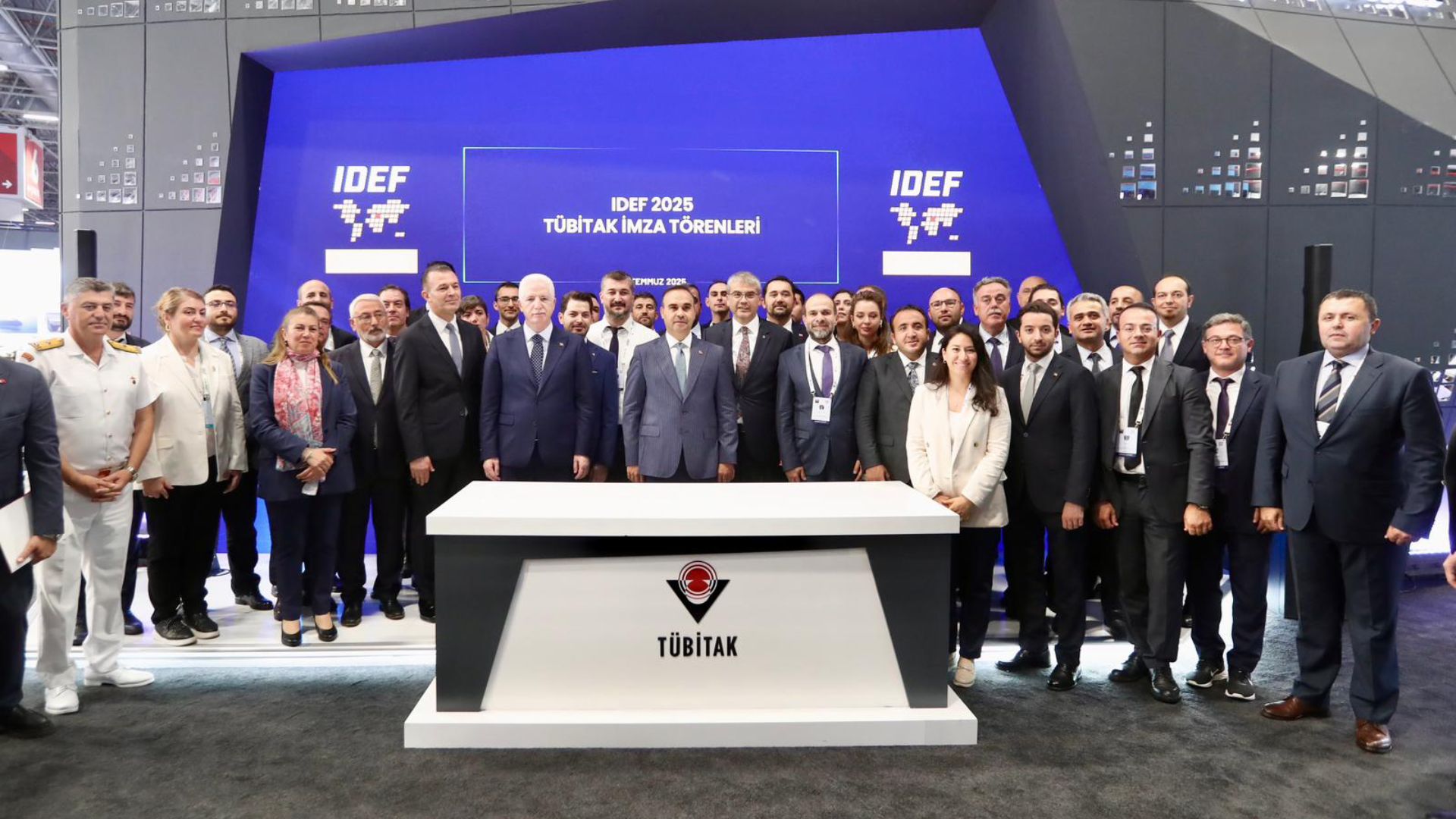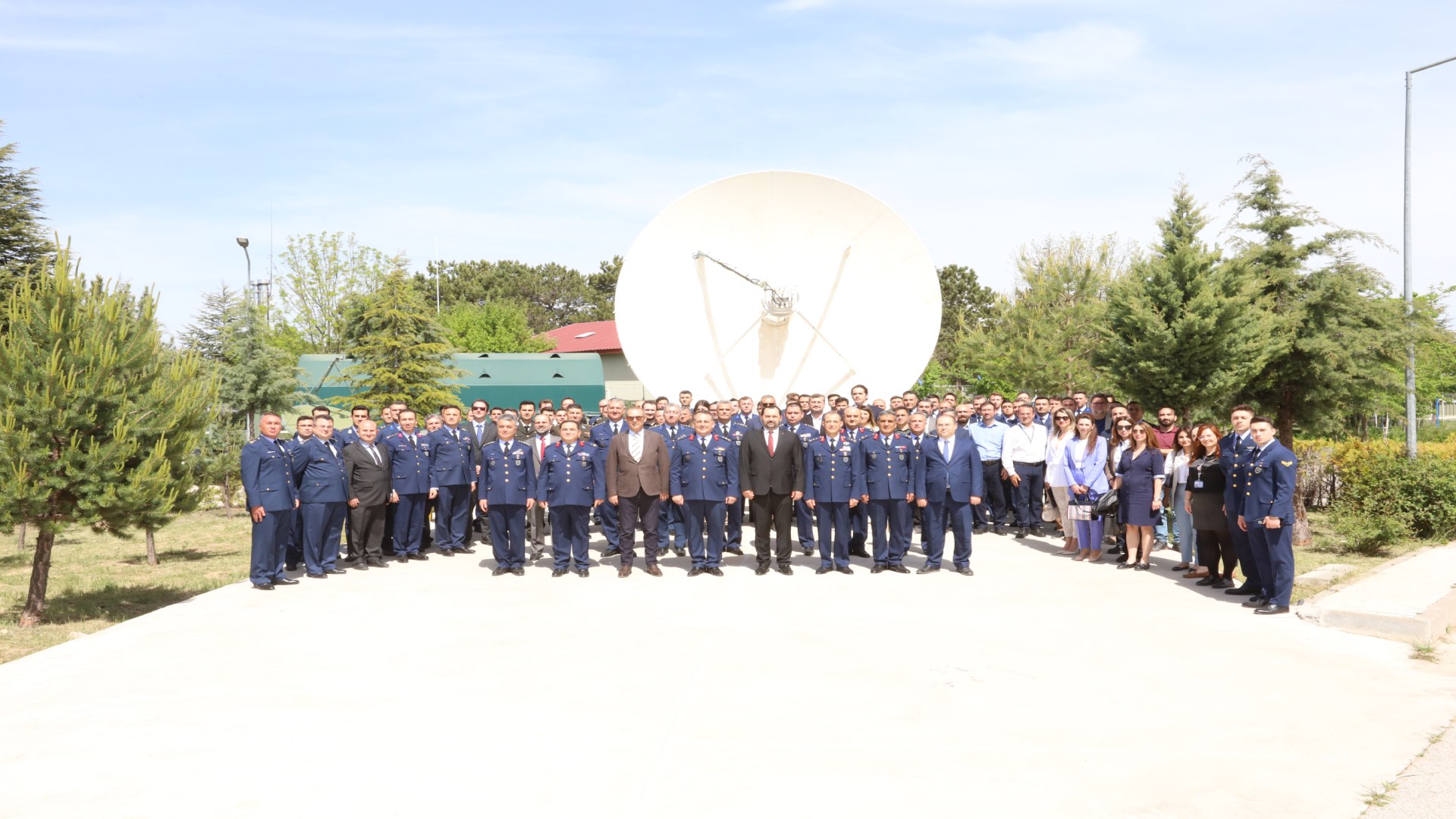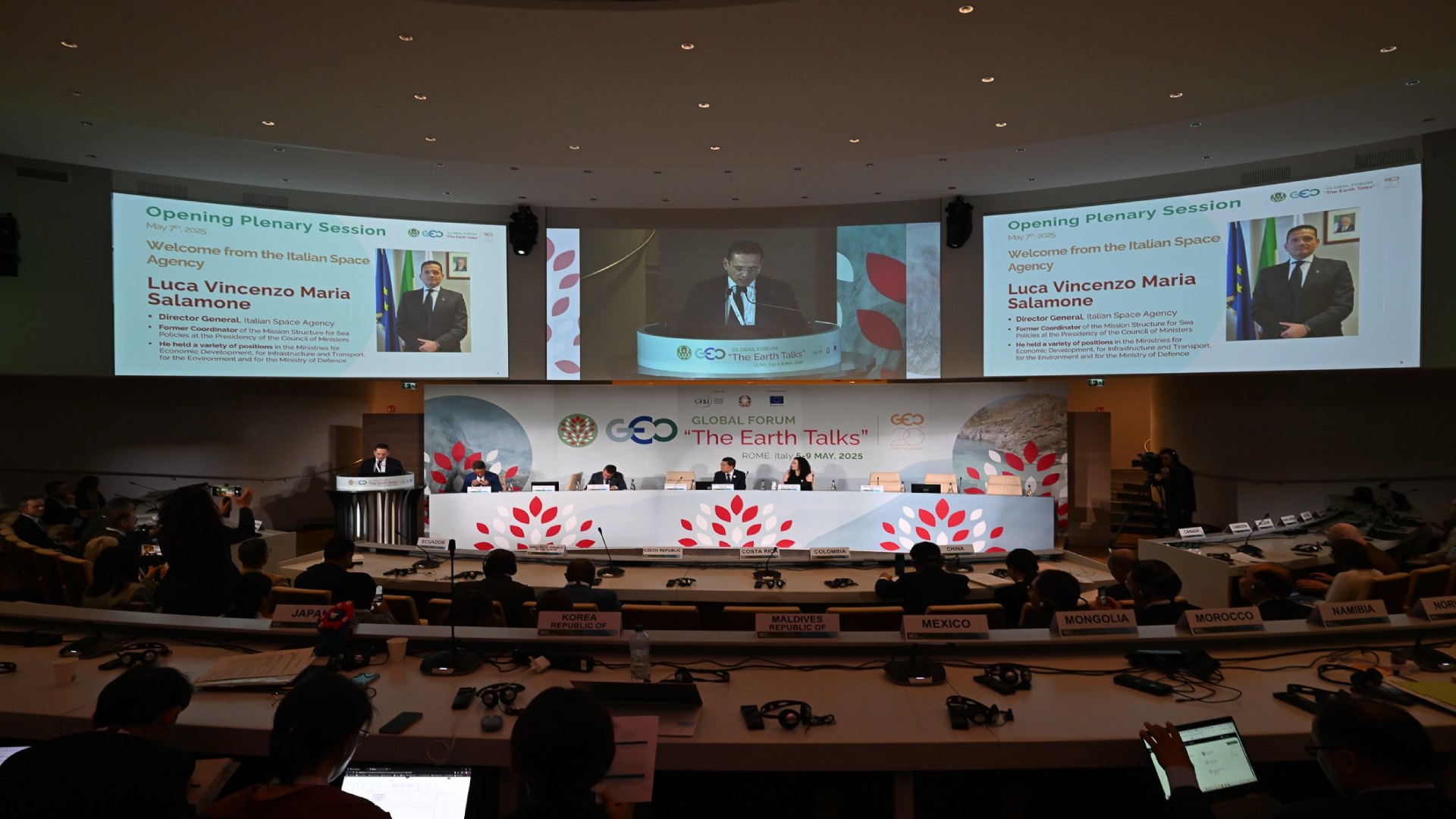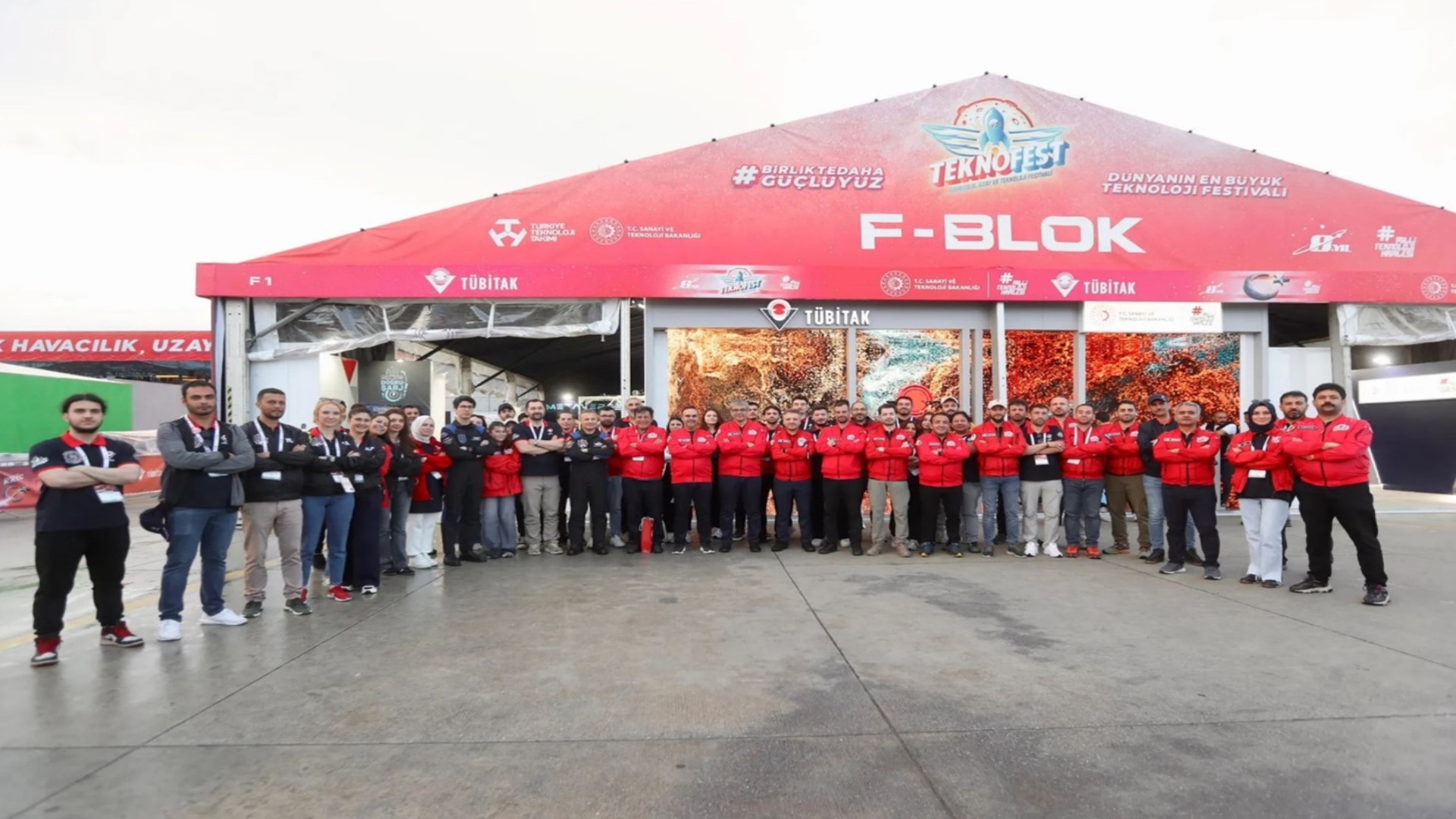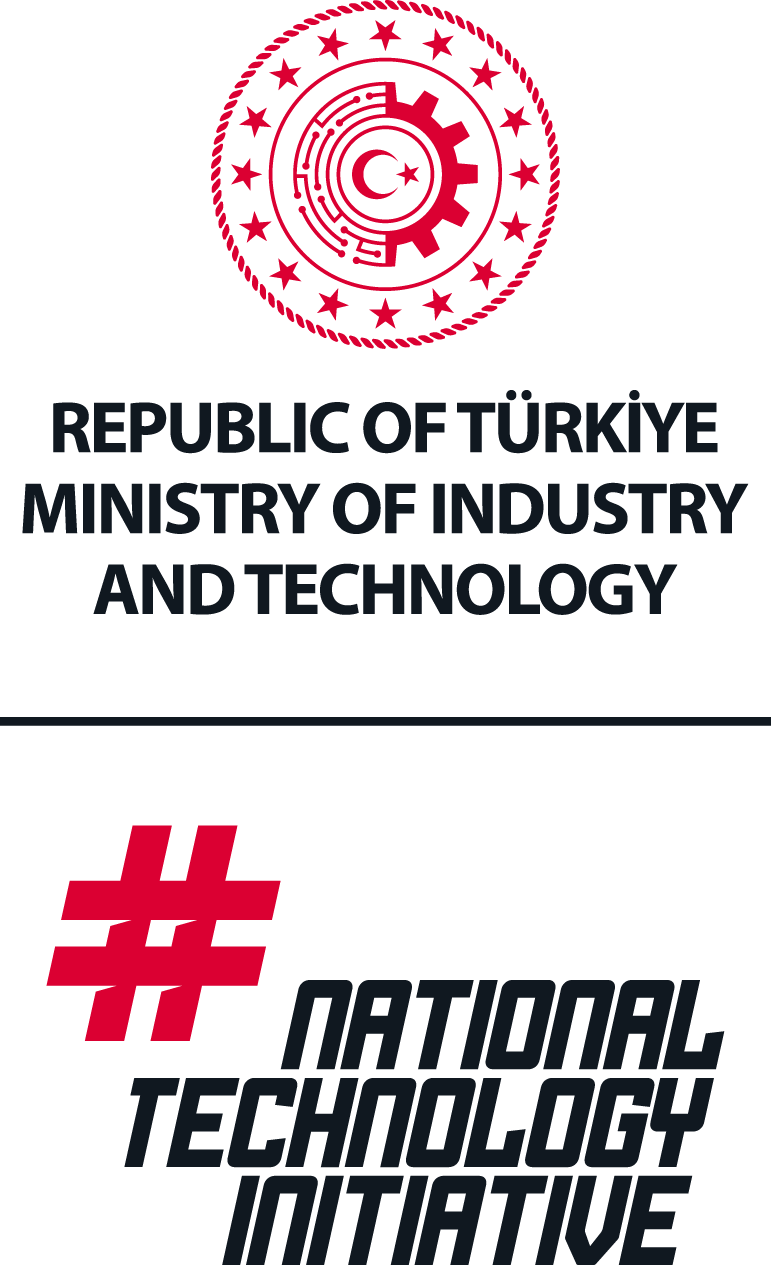The FP7 THOR project contract was signed by the European Commission and the project officially started on January 1, 2013. The project is focused on the development of new and groundbreaking thermal management ideas focusing on the atmospheric entry of future spacecraft and hypersonic transportation vehicles. The aim of the project is to design, develop, implement, test and validate thermal management ideas for the atmospheric entry of spacecraft.
The Project Coordinator is the German Space Agency DLR. A total of 9 partners from 8 countries are involved in the project.



